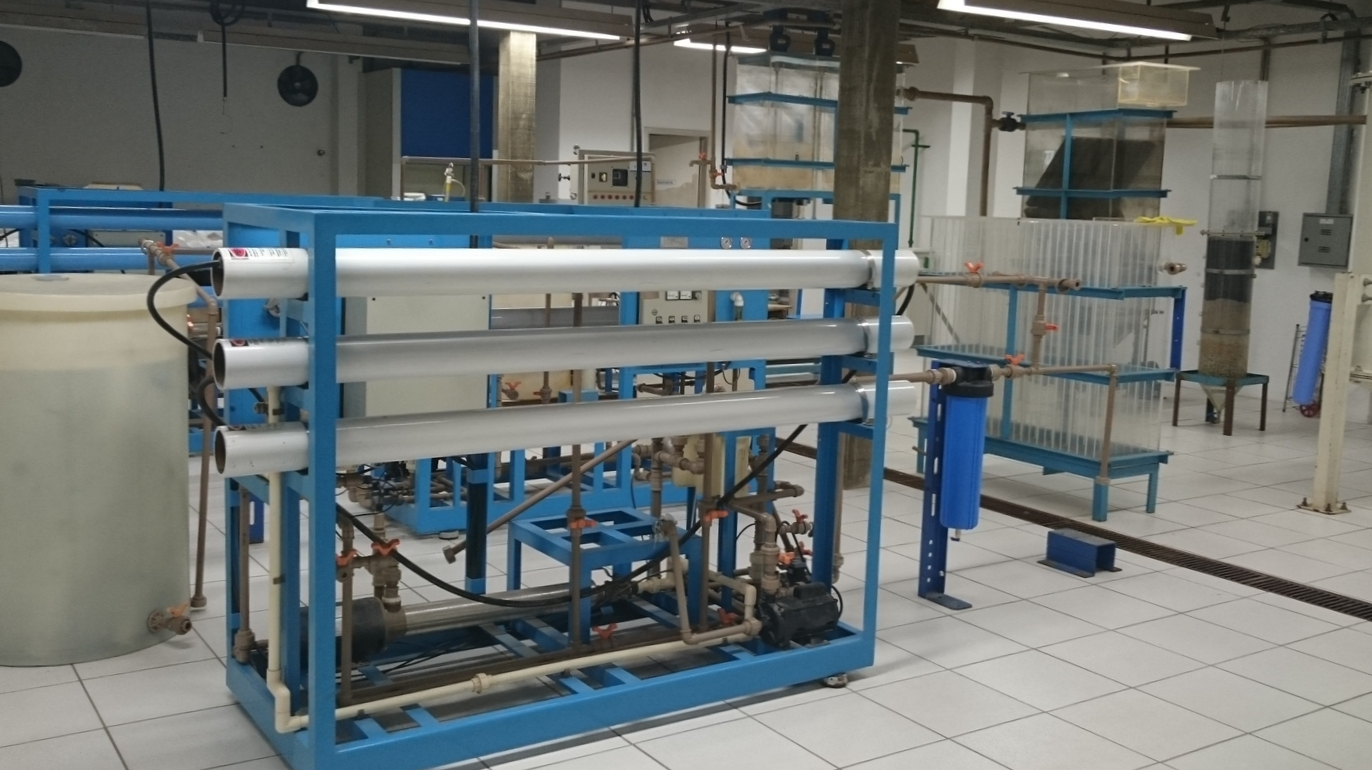 Artificial recharge is the process by which treated wastewater or any other surface water is directed into the ground to replenish an aquifer. The most common purpose of artificial recharge is to store water in times of surplus to meet water demands in times of shortage. However, artificial recharge can also be used to reduce declines in groundwater levels, to control sea water intrusion in coastal aquifers, to control soil subsidence, to maintain base flow in streams, and to raise groundwater levels in order to reduce lift costs.
Artificial recharge is the process by which treated wastewater or any other surface water is directed into the ground to replenish an aquifer. The most common purpose of artificial recharge is to store water in times of surplus to meet water demands in times of shortage. However, artificial recharge can also be used to reduce declines in groundwater levels, to control sea water intrusion in coastal aquifers, to control soil subsidence, to maintain base flow in streams, and to raise groundwater levels in order to reduce lift costs.
Another application of groundwater recharge, using recharge basins, is to treat wastewater. This method is known as Soil Aquifer Treatment or SAT. The vadose zone and – to a lesser degree – the aquifer act as natural filters for chemical and biological purification of the water.
 The fertilization of aqua-culture ponds with wastewater and excreta has been practiced for thousand of years in Asia. Today it is largely utilized in countries like India and Peru for growing carp and tilapia and certain aquatic crops such as water spinach (Ipomoea aquatica), water chestnut (Eleocharis dulcis and E. tuberosa), water hyacinth (Eichhornia crassipes), etc.
The fertilization of aqua-culture ponds with wastewater and excreta has been practiced for thousand of years in Asia. Today it is largely utilized in countries like India and Peru for growing carp and tilapia and certain aquatic crops such as water spinach (Ipomoea aquatica), water chestnut (Eleocharis dulcis and E. tuberosa), water hyacinth (Eichhornia crassipes), etc.
 There are many uses of reclaimed wastewater for industrial purposes. Each may require specific levels of treatment. Evaporative cooling towers, which are usual to most industries and power stations require large amounts of make up water which can be provided by reclaimed wastewater.
There are many uses of reclaimed wastewater for industrial purposes. Each may require specific levels of treatment. Evaporative cooling towers, which are usual to most industries and power stations require large amounts of make up water which can be provided by reclaimed wastewater.
 Artificial recharge is the process by which treated wastewater or any other surface water is directed into the ground to replenish an aquifer. The most common purpose of artificial recharge is to store water in times of surplus to meet water demands in times of shortage. However, artificial recharge can also be used to reduce declines in groundwater levels, to control sea water intrusion in coastal aquifers, to control soil subsidence, to maintain base flow in streams, and to raise groundwater levels in order to reduce lift costs.
Artificial recharge is the process by which treated wastewater or any other surface water is directed into the ground to replenish an aquifer. The most common purpose of artificial recharge is to store water in times of surplus to meet water demands in times of shortage. However, artificial recharge can also be used to reduce declines in groundwater levels, to control sea water intrusion in coastal aquifers, to control soil subsidence, to maintain base flow in streams, and to raise groundwater levels in order to reduce lift costs. 